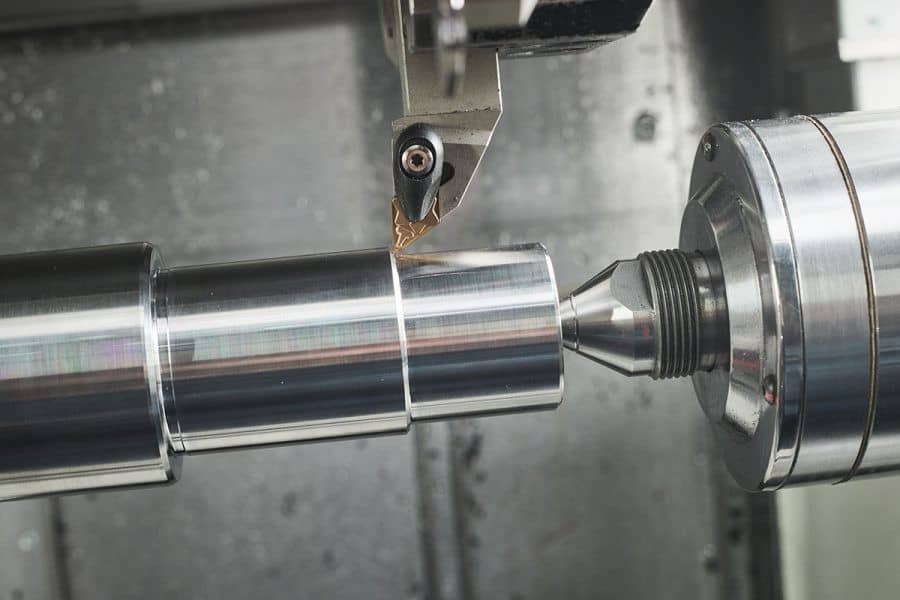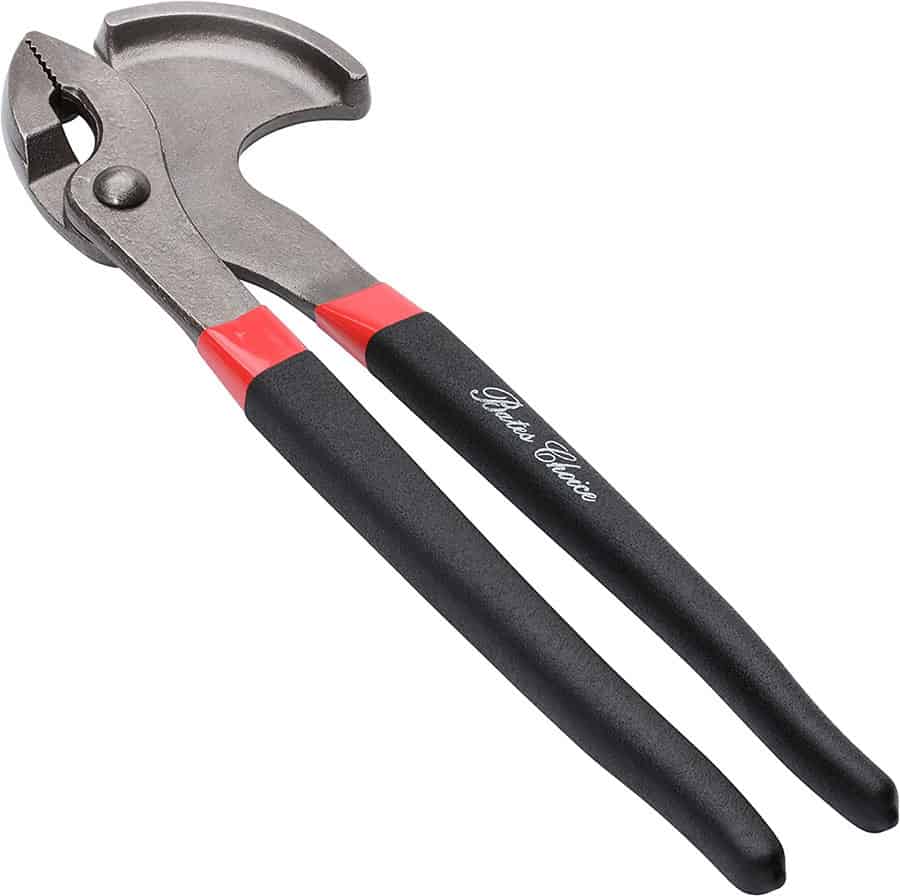Plasma cutting is a popular method used to cut metal quickly and accurately. It involves using a high-temperature plasma arc to melt through the metal, creating a clean and precise cut. The most important tool in plasma cutting is the plasma cutter itself. With so many options available on the market, choosing the best plasma cutter for your needs can be a daunting task. In this article, we will review some of the best plasma cutters on the market today and discuss what to consider when purchasing one. The Best Plasma Cutters The Hypertherm Powermax45 XP is a top-of-the-line plasma cutter that is well-suited for both industrial and personal use. It has a maximum cutting capacity of 5/8 inch, making it capable of cutting through a variety of metals with ease. The Powermax45 XP is known for its exceptional cutting speed and precision, thanks to Hypertherm’s patented plasma arc technology. One of the standout features of the Powermax45 XP is its ease of use. It comes with a plug-and-play torch, which means you can start cutting immediately without any complicated setup. It also has a user-friendly interface that allows you to adjust settings quickly and easily. The Powermax45 XP is also built to last, with a durable construction that can withstand harsh industrial environments. It comes with a three-year warranty, so you can have peace of mind knowing that your investment is protected. The Miller Spectrum 625 X-Treme is another excellent option for those in need of a high-quality plasma cutter. It has a maximum cutting capacity of 5/8 inch, and its compact design makes it ideal for use in tight spaces. The Spectrum 625 X-Treme is known for its superior cutting speed and precision, thanks to Miller’s Auto-Line technology. One of the standout features of the Spectrum 625 X-Treme is its versatility. It can be used to cut a wide range of materials, including steel, aluminum, and stainless steel. It also comes with a variety of accessories, including a carry case, consumables, and a power cord, making it a great value for its price. The Spectrum 625 X-Treme is also built to last, with a rugged construction that can withstand harsh industrial environments. It comes with a three-year warranty, so you can have peace of mind knowing that your investment is protected. The Hobart Airforce 40i is a powerful plasma cutter that is perfect for heavy-duty industrial use. It has a maximum cutting capacity of 5/8 inch, making it capable of cutting through thick metals with ease. The Airforce 40i is known for its exceptional cutting speed and precision, thanks to Hobart’s Wind Tunnel technology. One of the standout features of the Airforce 40i is its advanced safety features. It has a built-in safety trigger that prevents accidental cutting and a thermal overload protection system that shuts the machine down if it gets too hot. It also has a post-flow cooling system that extends the life of the consumables. The Airforce 40i is also designed for ease of use, with a user-friendly interface that allows you to adjust settings quickly and easily. It comes with a three-year warranty, so you can have peace of mind knowing that your investment is protected. The Lotos LTP5000D is a budget-friendly plasma cutter that is well-suited for personal use. It has a maximum cutting capacity of 1/2 inch, making it capable of cutting through a variety of metals. The LTP5000D is known for its exceptional cutting speed and precision, thanks to Lotos’ non-touch pilot arc technology. One of the standout features of the LTP5000D is its portability. It weighs just 26 pounds, making it easy to transport to different job sites. It also has a compact design that makes it ideal for use in tight spaces. The LTP5000D is also easy to use, with a simple interface that allows you to adjust settings quickly and easily. It comes with a variety of accessories, including a plasma torch, ground clamp, air filter, and regulator, making it a great value for its price. The Lincoln Electric Tomahawk 375 Air is a versatile plasma cutter that is perfect for both industrial and personal use. It has a maximum cutting capacity of 3/8 inch, making it capable of cutting through a variety of metals. The Tomahawk 375 Air is known for its exceptional cutting speed and precision, thanks to Lincoln Electric’s Vortex technology. One of the standout features of the Tomahawk 375 Air is its portability. It weighs just 32 pounds, making it easy to transport to different job sites. It also has a compact design that makes it ideal for use in tight spaces. The Tomahawk 375 Air is also designed for ease of use, with a user-friendly interface that allows you to adjust settings quickly and easily. It comes with a variety of accessories, including a plasma torch, ground clamp, and air filter, making it a great value for its price. Factors to Consider When Choosing a Plasma Cutter When choosing a plasma cutter, there are several factors that you should consider to ensure that you are getting the best tool for your needs. Here are some of the most important factors to consider: The cutting capacity of a plasma cutter is the maximum thickness of metal it can cut. If you plan on cutting thick metals, you will need a plasma cutter with a higher cutting capacity. However, if you only need to cut thinner metals, a plasma cutter with a lower cutting capacity may be sufficient. The cutting speed of a plasma cutter is how quickly it can cut through metal. A plasma cutter with a faster cutting speed can increase your productivity and efficiency, especially if you have a lot of cutting to do. The precision of a plasma cutter refers to how accurately it can cut through metal. A plasma cutter with better precision will produce cleaner and more accurate cuts, which is especially important if you need to make intricate cuts or cuts with tight tolerances. The ease of









